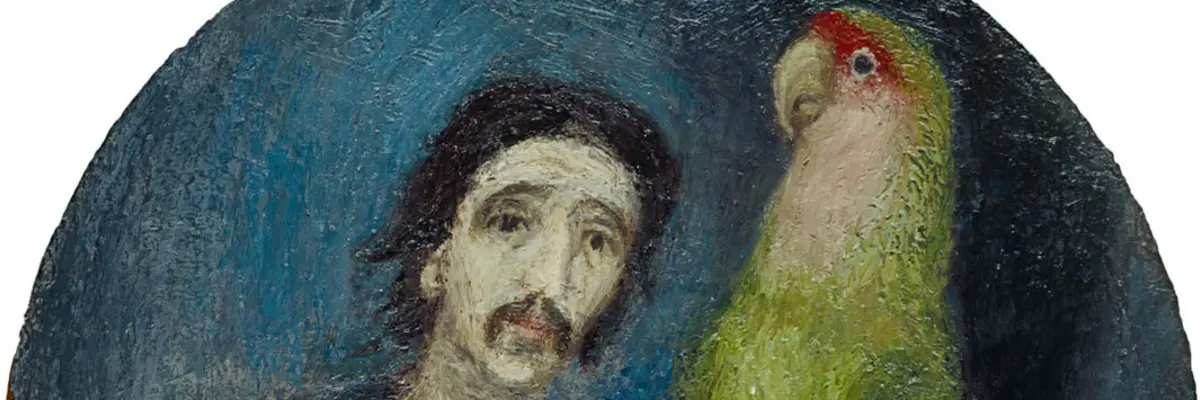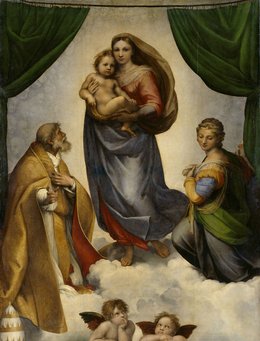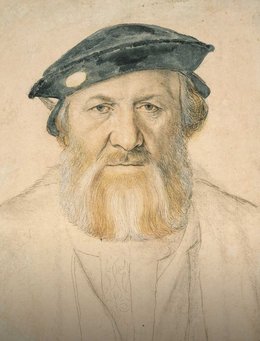text 2
Jürgen Böttcher, who adopted the name Strawalde (after his birthplace Strahwalde in Upper Lusatia), gained fame primarily through his documentary films. The exhibition title was inspired by the title of his film “Three of many”, the first one that he produced on behalf of the DEFA Studio für Dokumentarfilm in 1961 after graduating as a film director from the Deutsche Hochschule für Filmkunst in Potsdam-Babelsberg. The film, which showed the life and work of the three self-taught artists Peter Graf, Peter Herrmann and Peter Makolies was defamed as “bourgeois decadence” and was forbidden immediately after its completion. It was only shown in public in the GDR for the first time in the late 1980s. The documentary perceptively records the everyday working lives and the early artistic endeavours of the three young men shortly before the building of the Berlin Wall.







